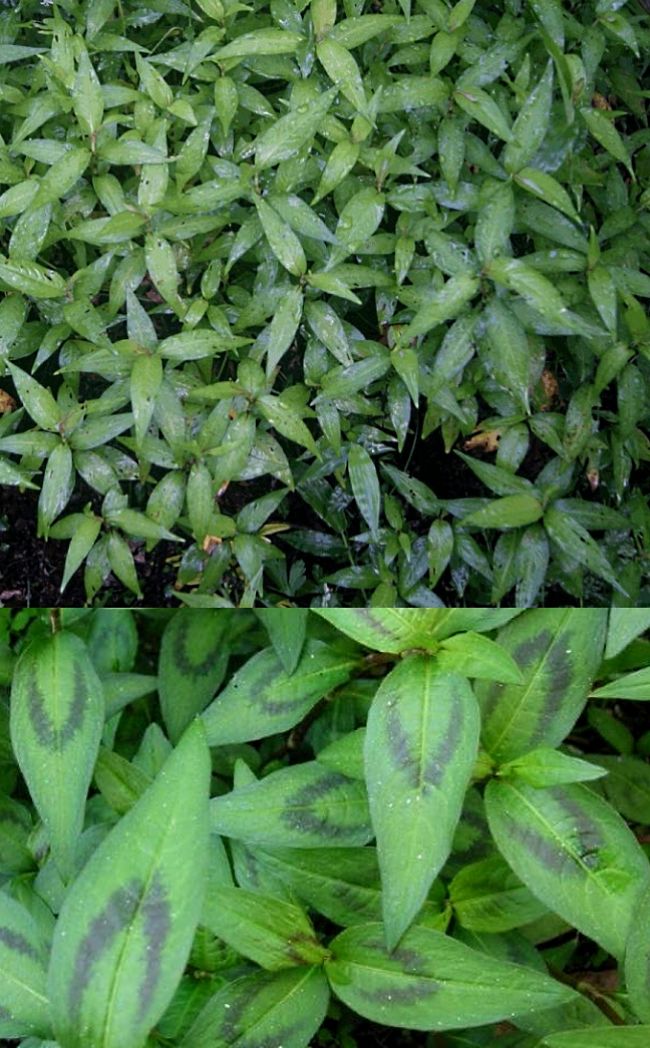Planting and Growing Guide for Vietnamese Mint (Persicaria odorata)
Description
Vietnamese Mint, also known as Vietnamese coriander, Cambodian mint, Hot mint, Laksa leaf, and Praew leaf is a creeping, herbaceous perennial that tends to form a dense bush-live form. Vietnamese Mint is very easy to grow and if not kept under control can become invasive. It tastes like a combination of fresh coriander and lime-leaf, with a hint of chilli. It is widely used in Asian dishes, especially Vietnamese cooking. Vietnamese mint can be used as a substitute for fresh coriander. Vietnamese mint grows well in full sun or partial shade. Vietnamese mint is frost tender, but it grows well in containers which can be brought indoors over winter. In warmer areas Vietnamese mint will grow all year round. In colder areas it will rebound quickly after frost. Vietnamese mint will grow in shallow water or wet bog situations.
Vietnamese mint a favorite for Asian stir fry dishes because of for its pleasant peppery, spicy, mint taste, somewhat like coriander. It is very popular in Vietnamese and South East Asian cuisine. It can also be added to salads and used as a garnish for meat and vegetables dishes. Young leaves are often added to soups like Vietnamese Pho and Malaysian Laksa immediately before serving. Vietnamese mint is best used when picked straight from garden plants.
Planting Guide
Seed Depth: Plant Vietnamese Mint seedlings developed from root subdivision or cutting into the garden after the last frosts
Space between plants: Spacing the seedlings 40-80 cm (15-30 inches) apart. The plants spread becoming wide and high in summer
Harvest Time: Harvest in 6-10 weeks, but the leaves can be continuously picked as the plants grow. Once established the plants can be continually harvest for many years
Hints:
- Vietnamese mint can grow in boggy heavy and wet soils
- Vietnamese Mint requires a soil that is moist and rich in organic matter.
- Fertilisers are not needed, unless the leaves are starting to yellow. Add compost around the plants as they grow as a mulch and source of nutrients.

Disclaimer: The PlantWhatWhen vegetable planting guide is only designed for use as a very general reference for home gardening purposes. It is not to be used for farming, markets or commercial activities of any kind whatsoever. We take absolutely no responsibility for the accuracy and adequacy of the information provided on this site. We recommend that you consider your local climate, weather patterns and conditions when deciding what and when to plant in your home garden. It's entirely your own decision. Happy Gardening and Best Wishes!